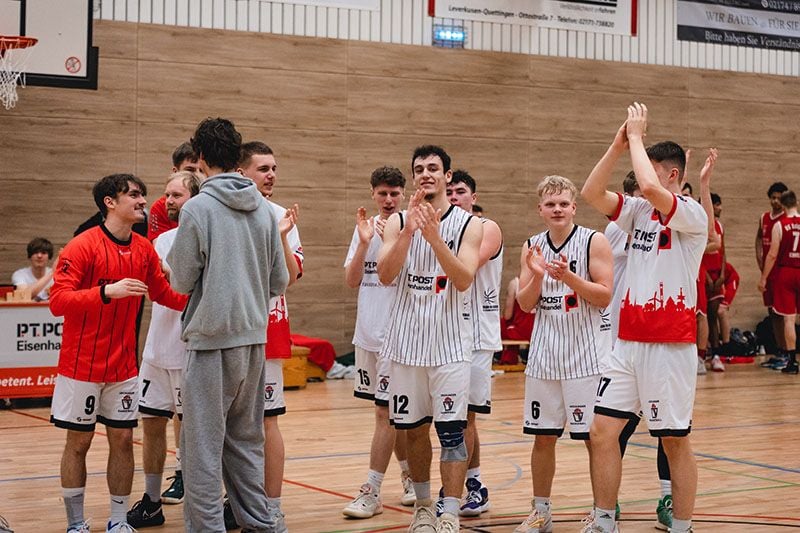When drawing up the sponsorship agreement, you can use common models as a guide. This can also be done without a lawyer. Simply go through each point and add what should be included.
In theory, you do not need a lawyer to draw up a sponsorship agreement. Nevertheless, it is advisable to get legal help. After all, the individual points in the contract should be legally binding. No one is helped if a contract you have drawn up yourself is too imprecise or legally contestable.
A lawyer can check and correct the contract you have drawn up. The financial effort is usually worth it, because the good thing is: Once you have drawn up a sponsorship agreement, you can always use it as a template for all other sponsors. Only the agreements, the contractual partner and the services need to be changed.
It is important that a sponsorship agreement includes all the sponsor's services and your consideration in detail and precisely.
A term is absolutely necessary. Two or three years are recommended. This allows you to plan for the long term.
Our advice: Send your sponsorship contract to the sponsor in advance via PDF for review. If all points are accepted, the sponsor receives the contract in writing. He then only has to sign it.
This approach builds trust and strengthens your collaborative partnership.




.png)




